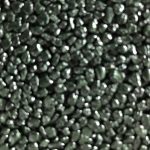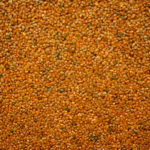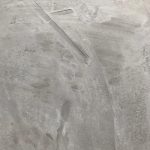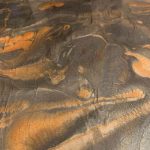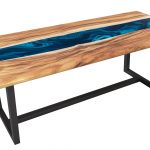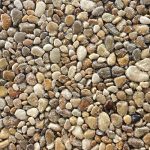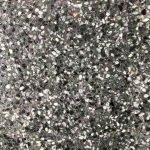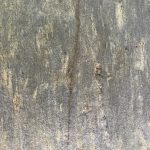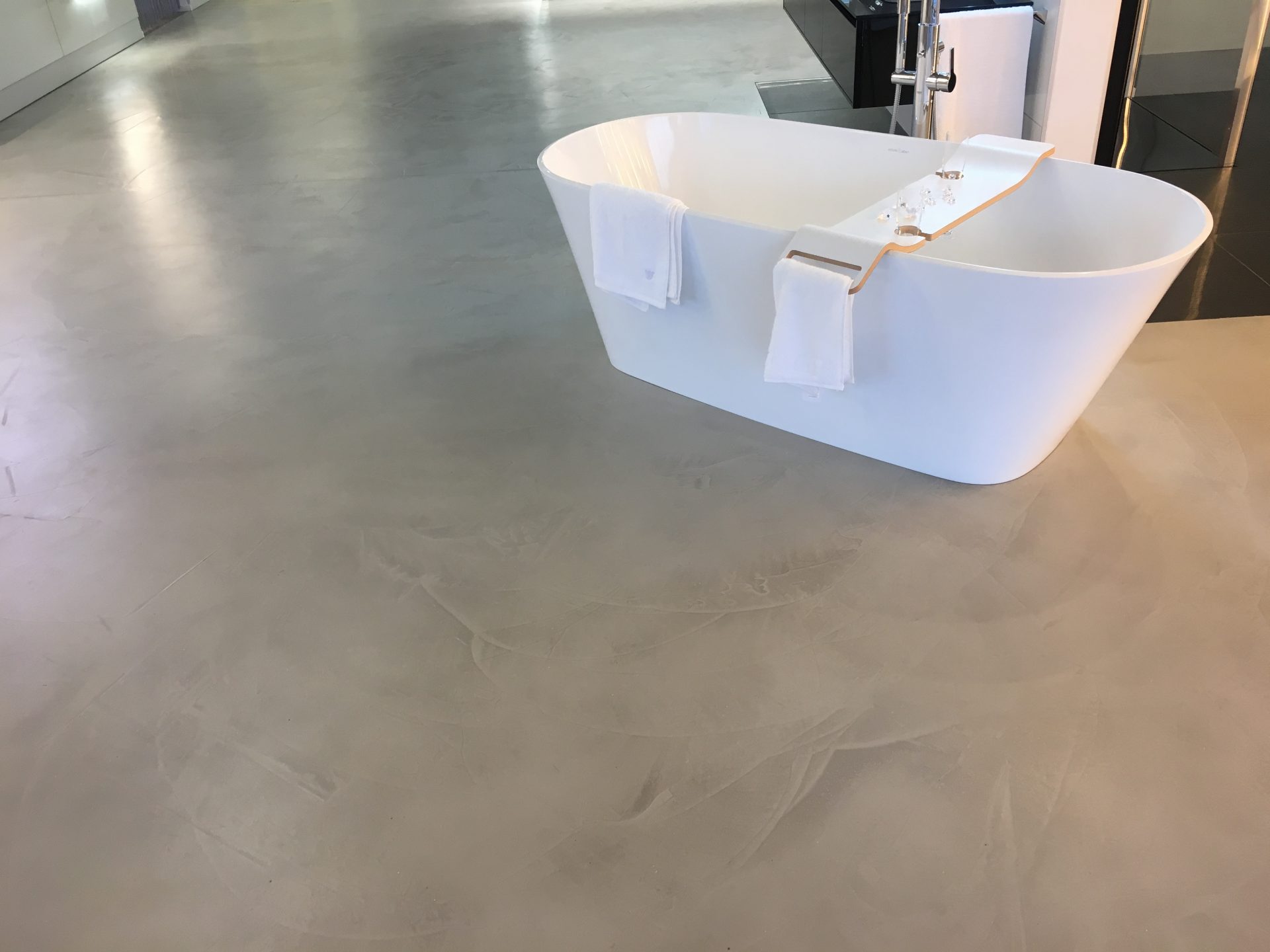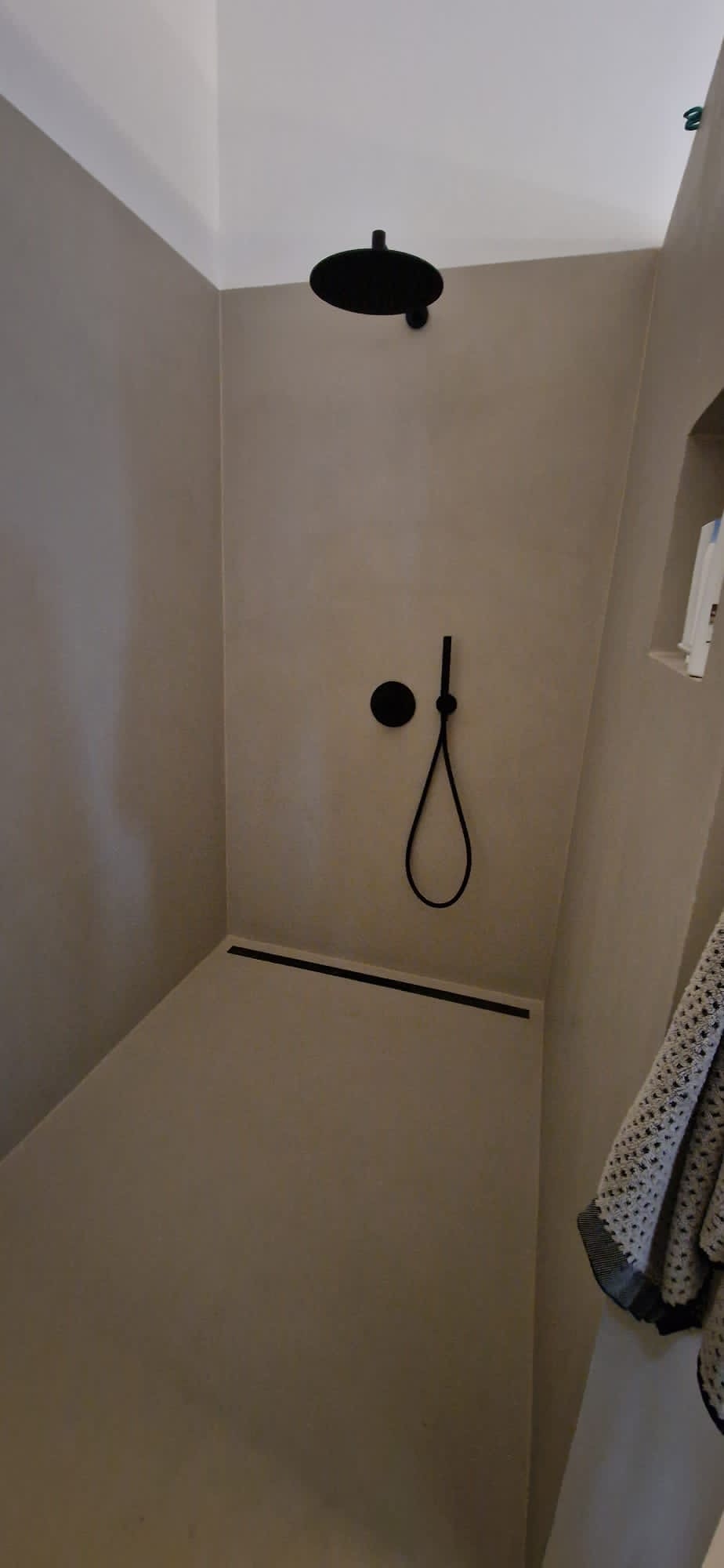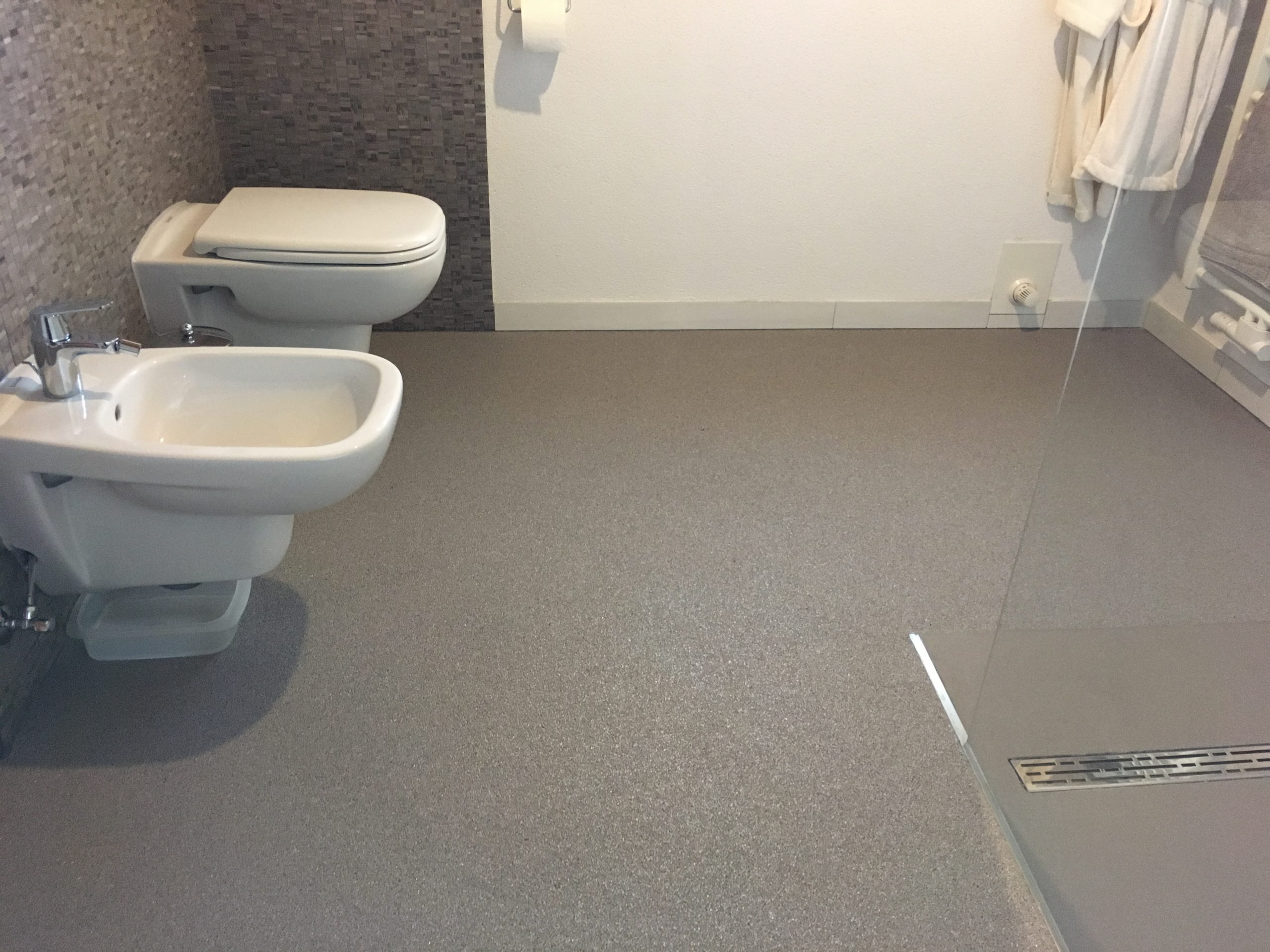In a previous article, we wrote about the benefits of stone carpeting on the balcony . There you learned that marble and quartz gravel can be used outdoors to create low-maintenance and durable floor coverings that offer great design freedom and retain their fresh appearance even in frost, UV radiation and extensive use.
Was aber, wenn die Beanspruchung noch stärker ausfällt? Wenn Fahrzeuge in der Einfahrt parken oder Lieferwagen und Reinigungsfahrzeuge täglich die Fußgängerzone befahren? Hält Steinteppich auch dieser Beanspruchung stand? Genau für diesen Zweck gibt es Qubo®Tec!
Contents
- Qubo®Tec – The frost-proof outdoor stone carpet!
- High demands in the outdoor area
- Stone carpet against weeds
- Qubo®Tec combines all the advantages of outdoor use
- Designing exterior surfaces with Qubo®Tec
- Safety on outdoor surfaces in rain, ice and snow with Qubo®Tec
- Areas of application for Qubo®Tec
- Where can I find information and advice on Qubo®Tec?
- Non-binding Cost estimate
- Link collection
- FAQ
- Shop
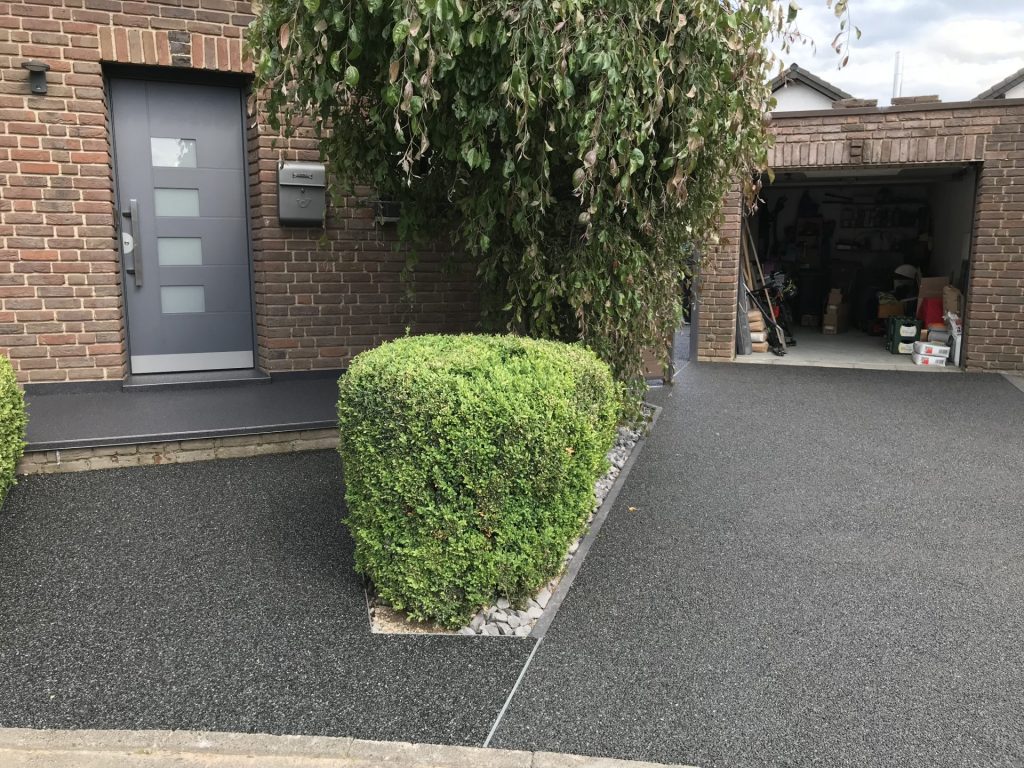
The stone carpet for heavy-duty outdoor surfaces Qubo®Tec - The frost-proof outdoor stone carpet!
Qubo®Tec is an extremely robust outdoor flooring that retains the advantages of the original stone carpet and also meets the special requirements of heavily used outdoor surfaces. It is therefore ideally suited to the demands of driveways, parking lots, walkways and entire shopping streets. But what exactly are these requirements? What advantages does Qubo®Tec offer compared to conventional coverings?
The hurdles for floor coverings in outdoor areas High demands in outdoor areas
Let’s first look at the problems associated with typical outdoor flooring. Paved areas, for example, with which
Qubo®Tec shares the substrate preparation, consist of paving stones laid side by side. Inevitably, grooves and openings are created between these, through which weeds grow. Everyone is familiar with the sight of dandelions growing through the paving stones and slowly turning the courtyard into a meadow.
You can either get rid of these uninvited guests superficially by cutting them with a lawnmower or plucking them by hand, or you can invest large amounts of time to remove as many roots as possible. The success is often not very long-lasting.
Never remove weeds from joints again thanks to Qubo®Tec stone carpet against weeds
Like normal stone carpet , Qubo®Tec consists of quartz gravel, which is mixed with polyurethane-based resin to form a viscous mass and then spread. Of course, this also creates gaps, which is intentional. Flying seeds need one thing above all to grow: sunlight. If they land in open grooves or on gravel surfaces and joints, they are permanently exposed to the sun and can germinate unhindered. The fine holes in the Qubo®Tec ensure that seeds are washed by rain to the base layer, where a lack of light effectively stops them from spreading. This saves a lot of work and just as many nerves and also ensures that the outdoor surfaces always look great.
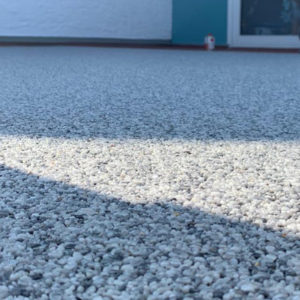
Qubo®Tec combines the advantages of open or closed outdoor areas Qubo®Tec combines all the advantages of outdoor areas
Back to the pores in the stone structure: of course, an unsealed floor also has advantages. For example, rainwater can be drained away through grooves. On the one hand, this is immediately available to the water cycle instead of polluting the sewage system. Incidentally, this is also the reason why building owners have an easier time obtaining planning permission for surfaces with Qubo®Tec.
On the other hand, open-pored outdoor surfaces save taxes. This is because the additional burden placed on the wastewater network by sealed, closed surfaces such as asphalted driveways results in increased charges for the drainage of rainwater.
Qubo®Tec thus offers the ideal combination of the weed/rainwater problem: the continuous, seamless surface against green growth with the open-pored structure that drains rain. Several places are grateful for this choice:
- Your wallet for a long-term, low-cost investment,
- the building authority for relieving the wastewater network, and
- her back for the work saved on weeding.
This makes courtyards and patios appealing, varied and long-lastingly attractive Designing outdoor areas with Qubo®Tec
Did you know what amazing colors stone can naturally have? Dull, uniform grey makes for functional outdoor surfaces, but without giving a patio or parking lot that certain something. The many different quartz gravel colors from Qubo®Tec turn your courtyard and patio into an outdoor eye-catcher.
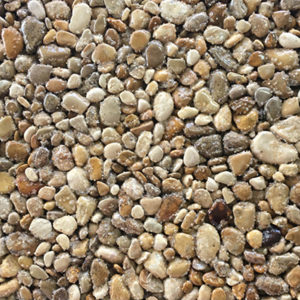
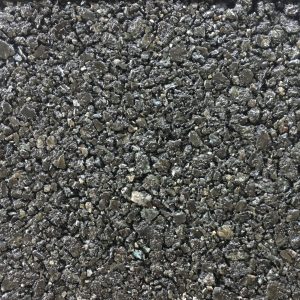
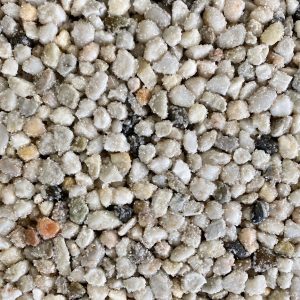
To ensure that surfaces with Qubo®Tec look attractive in the long term, they are protected against the effects of wind and weather in several ways. The colored quartz pebbles cannot lose their natural color due to UV radiation and abrasion. The PU resin itself also helps to protect the stones, as it remains stable and transparent when exposed to sunlight and still maintains the necessary flexibility of the floor. This means that no cracks appear in the floor even after many years of use.
Why standing water and ice are no longer an issue thanks to Qubo®Tec Safety on outdoor surfaces in rain, ice and snow with Qubo®Tec
Thanks to the aforementioned water permeability of a remarkable 220 liters per minute and square meter, no puddles form and therefore no ice patches in winter. Of course, you are not protected from black ice, which occurred more than once last winter, but
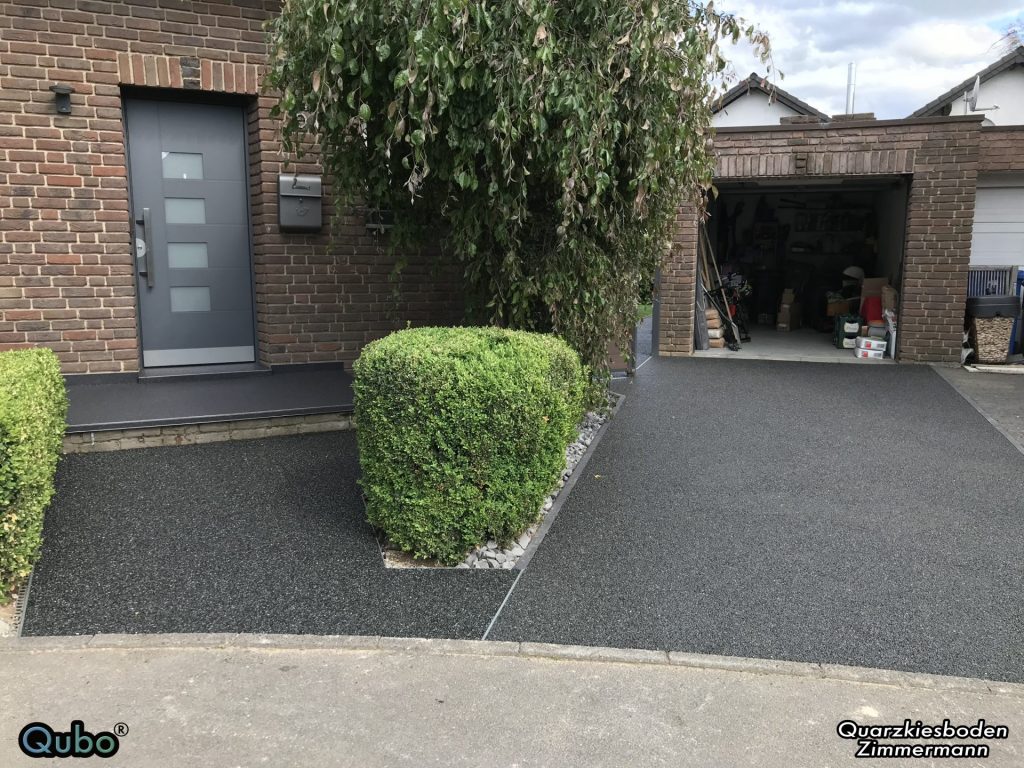
Driveway and house entrance Application areas for Qubo®Tec
If you want to benefit from all these advantages, use Qubo®Tec on the outdoor areas around the house. Cars can always park and turn safely in the driveway without stones coming loose. A uniform, attractive look is created when walkways are designed to match the driveway. For example, as a combination of garage driveway and house entrance, as shown in the picture opposite.
The different colors of Qubo®Tec gravel make it possible to match existing stone carpet and quartz gravel floors in the garage , the hallway and the conservatory .
Half-round
If Qubo®Tec is laid as pool surround , the high water permeability of the floor system comes into its own. In addition to rainwater, water that spills over the edge of the pool also drains away immediately. Combined with the anti-slip gravel structure, Qubo®Tec provides a feeling of safety when walking.
Qubo®Tec avoids the disadvantages of many other outdoor floors with ease: tripping hazards and joints between stone tiles are just as much a thing of the past as modern wood that cannot withstand constant moisture. The seamless surface of Qubo®Tec creates an even overall impression, while the natural gravel colors create an appealing look. Weeds, moss and algae are effectively kept out by the system. Even the many environmental influences such as heat, cold, weather, UV radiation and chlorine from the pool water cannot harm Qubo®Tec.
Dirt can be easily removed from the easy-care floor system. A vacuum cleaner for dry dirt and a garden hose for occasional thorough cleaning are all you need. This leaves you more time to relax in the pool.
Note: As with stone tiles and wooden surfaces, cleaning with a high-pressure cleaner is not recommended. The high water pressure can gradually loosen individual pebbles from the stone structure, which has a negative effect on the appearance and ease of maintenance.
Attachments with rotating brushes for the high-pressure cleaner are again suitable for occasional basic cleaning of surfaces with Qubo®Tec.
For more cleaning tips, we recommend our article “Cleaning and maintaining stone carpets”.
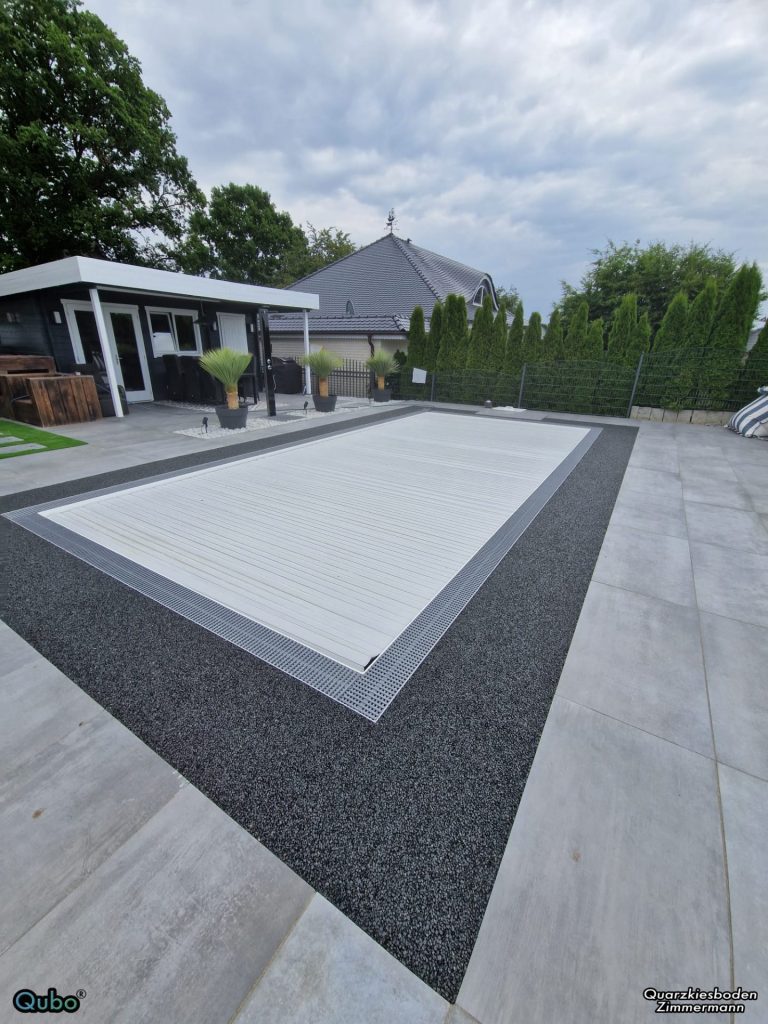
On the terrace
Qubo®Tec is ideal for a continuous floor concept, especially when the courtyard, driveway or sidewalk merges directly into a patio. The material can be laid directly on prepared gravel surfaces or solid ground. Slight differences in height can be evened out during installation.
Further information about Qubo® flooring systems Where can I find information and advice about Qubo®Tec?
If you are now curious about all the possibilities that Qubo®Tec offers for upgrading your private and commercial
outdoor areas, there are various places to go for more information:
- On the one hand, Quarzkiesboden Zimmermann offers the opportunity to clarify open questions about Qubo®Tec and the other Qubo® products via the contact form .
- You also have the option of contacting a Qubo® support center near you.
…for a strong appearance!
Non-binding cost estimate and advice
First and foremost, the area of application determines the pricing. However, the cost of a stone carpet depends on many different factors, including
- the type of binder required
-
from the primer
-
the choice of skirting boards, for example, if these are also made of gravel
-
from the labor costs of the professional installer
-
the size of the area to be laid
In outdoor areas, the costs are higher because the substrate needs to be sealed and the marble gravel needs to be laid with a UV-resistant binder.
First and foremost, the area of application determines the pricing. For example, you can have a stone carpet laid indoors for around €100 per m². However, the costs depend on many different factors, including
- the type of binder required
-
from the primer
-
the choice of skirting boards, for example if these are also made of quartz gravel
-
from the labor costs of the professional installer
-
the size of the area to be laid
In outdoor areas, the costs are higher because the substrate needs to be sealed and the marble gravel needs to be laid with a UV-resistant binder.
In most cases, coloured quartz or marble gravel is used for the production of stone carpets. However, there are considerable differences in quality here, for example in the proportion of dust in the material or in the types of marble used. Mica additives and various precious and semi-precious stones can be added, but this is another cost factor.
Colored quartz is available in the following grain sizes:
-
1–2 mm
-
2–3 mm
- 3–4 mm
Marble gravel is available in the following grain sizes:
-
1–4 mm
-
4–8 mm
- 8–15 mm
Of course, the choice of gravel grain size has an effect on the laying thickness of the gravel floor.
The laying thickness of the floor depends on the gravel grain size and the area of application. Normal gravel with a grain size of 2 – 3 mm can be laid indoors with a thickness of 6 mm.
An installation thickness of 8 mm is used outdoors and on stairs indoors due to the load.
Finally, 10 mm of material is applied to external stairs.
Vertical surfaces such as risers, skirting boards and walls are always laid in 6 mm.
The larger the grain size of the gravel, the higher the installation height of the floor covering. This means that more gravel and additional binder is required per m². The price increases accordingly.
The primer forms the bonding bridge between the building structure and the gravel floor. The material can be applied to almost any substrate, for example tiles, wood, stone, concrete and metal. Different substrates require different preparation steps.
On tiles and metal, for example, a primer is required to give the smooth surface stability during installation.
On porous stone and absorbent screed, the appropriate primer must be used to prevent the binder from being absorbed, which is intended to ensure that the pebbles remain in place.
To coat wooden planks with a gravel floor, the movement of the planks against each other must first be stopped. To do this, the installer first applies a mesh mat to the wooden floor. Once the filler has dried, the gravel floor is applied.
For reasons of hygiene, the stone carpet should be fitted with a pore seal, especially in kitchens and bathrooms. It prevents leaked, sticky liquids from penetrating the gravel floor. While it is difficult to remove liquids that have penetrated an open floor, the pore seal enables effortless cleaning by wet mopping.
Dogs, cats and co. feel much more comfortable on the textured surface of a gravel floor than on smooth floor coverings such as tiles or laminate, as they do not slip on stone carpets. However, it is advisable to cover the floor with a pore seal to ensure an easily wipeable surface.
-
High drainage capacity due to open-pored structure
-
Quick drying in sun and wind
-
Easy to clean and self-cleaning
-
100% frostsicher
-
UV-stabil
- Gentle, massage-like walking comfort when walking barefoot
The most important thing when laying gravel floors in outdoor areas is preparing the substrate. This ensures the durability of the finished floor.
On the one hand, this is because a primed subfloor provides significantly increased adhesion for the filled gravel. On the other hand, a sealing layer keeps rainwater away from the building structure, for example, which supports long-term durability.
Options for sealing building structures are
- Sealing using an epoxy resin seal with sealing membrane
- Sealing using a flex sealing slurry
In order to drain rainwater effectively, the floor covering is laid with a gradient of at least 1.5%.
No, in outdoor areas, the stone carpet is always laid as an open system to ensure drainage capacity and thus the drainage of rainwater. This makes them 100% frost-proof and therefore ideal as pool surrounds and as a covering for balconies, terraces, entrance areas, outdoor steps and loggias.
We would like to point out that we do not recommend stone carpets in the direct shower area. The reasons for this can be found in the basic structure of the floor and the wet room. Just as the tile adhesive under a tile does not form a completely flat surface without air pockets, pores also remain underneath a sealed stone carpet.
If, after years, a silicone seam leaks and water from a fitting, for example, penetrates between the wall or floor covering and the seal of the building structure, the transparent pore seal reacts with the water and forms white stains. As these occur underneath the seal, they cannot be wiped away or removed by drying.
This is why insurance companies do not classify stone carpets as suitable for wet rooms and do not replace such coatings in the event of damage. We therefore recommend microcement coatings for showers. With these, there is no water-bearing layer between the floor covering and the substrate, so there is no risk of moisture penetration. Due to the many customization options for microcement, it can also be combined with stone carpeting. Just get in touch with us.
Yes. A staircase coated with stone carpet already has a slip resistance class of R10 after installation.
Special sealants can be used to increase the slip resistance class to R11 or R12.
Depending on the design of the staircase, the renovation takes 3-5 days. In special cases, installation is also possible within an even shorter time. For a more precise determination of the duration of your construction project , simply contact us at.
All our gravel floors use natural stones as the base material. This is why many people also refer to stone carpeting as natural stone carpeting.
The gravel is available natural and colored.
FAQ
Details and facts, key figures and explanations – here you will find answers to frequently asked questions about our Qubo® coating systems. If any details remain unclear, simply contact us. We will be happy to advise you personally and promptly.

